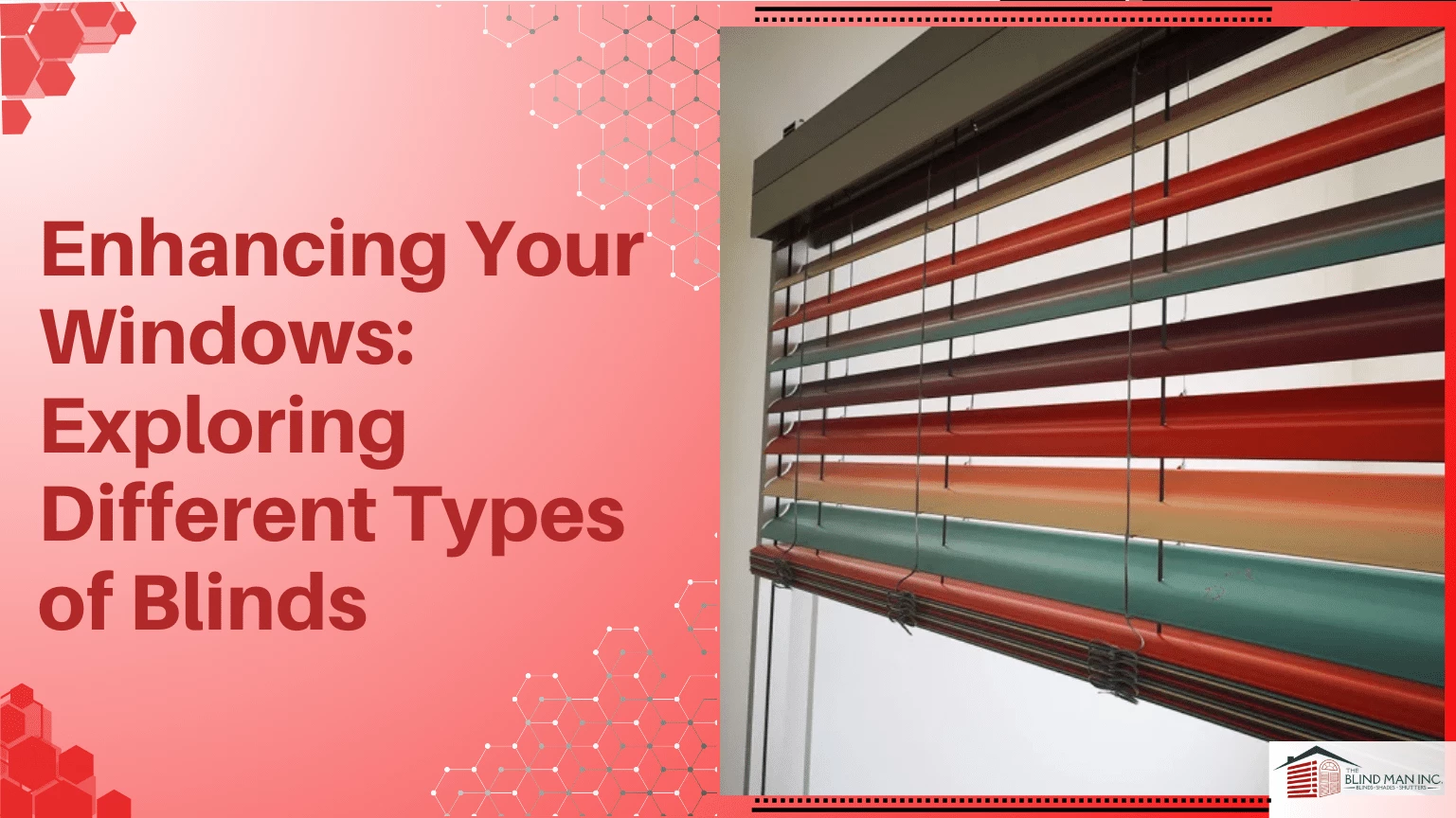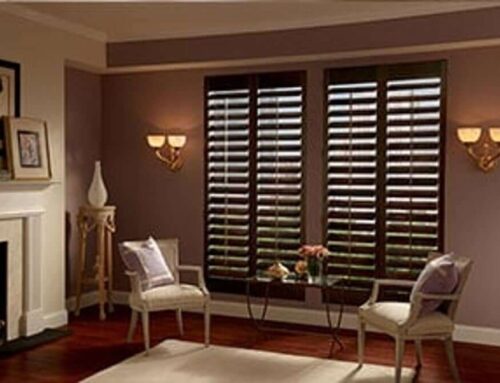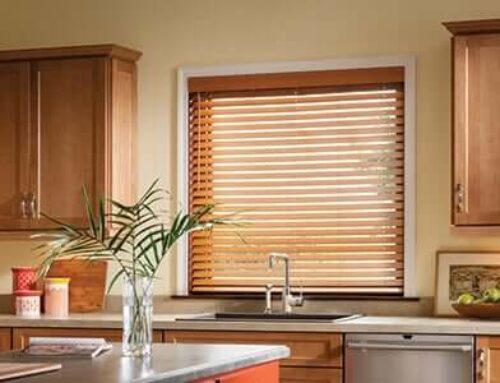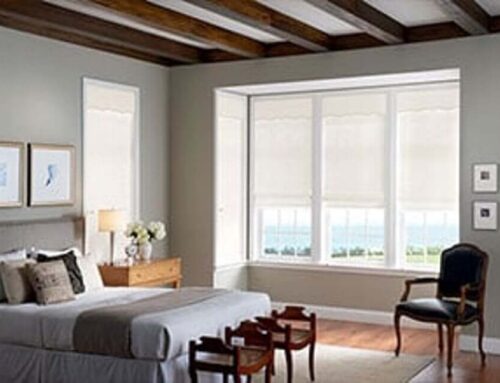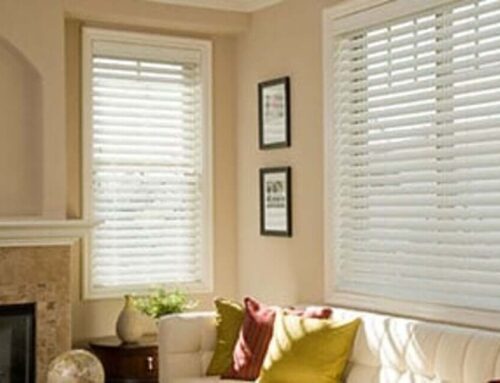Do you feel like your home windows need an update to allow more light control and add visual appeal? You’re not alone – window treatments are one of the easiest and most affordable ways to freshen up a room’s aesthetic.
Whether you want to completely blackout light for sleeping, add subtle privacy, or let brightness stream in, the right window blinds can completely transform how you experience the view.
In this post, we will explore the variety of blind options available and help you determine which type may work best for your unique space and lifestyle needs. From simple grilles to high-tech smart shades, there is a solution for every décor style and functionality requirement. Let’s start our guided tour of trending blind treatments!
What are the different types of blinds available for enhancing windows, and how do they differ in style, functionality, and material?
Several blinds are available for enhancing windows, each offering unique styles, functionalities, and materials. Here are some common types:
- Venetian Blinds: Venetian blinds have tiltable horizontal slats for light and privacy. They’re typically made of wood, faux wood, aluminum, or PVC. Venetian blinds come in various colors and finishes, offering a versatile and classic window look.
- Vertical Blinds: Vertical blinds feature vertical slats that can be rotated or drawn to the side to control light and privacy. They’re utilized for big windows and sliding doors and come in fabric, vinyl, or PVC.
- Roller Blinds: Roller blinds are made of a single fabric that rolls up and down on a roller mechanism. They offer a sleek and minimalistic look and are available in various colors, patterns, and opacity to control light and privacy.
- Roman Blinds: Roman blinds are made of fabric panels that fold evenly when raised and lie flat when lowered. They provide a soft and elegant look for windows and come in various fabric options, including cotton, linen, and polyester.
- Pleated Blinds: Pleated blinds feature fabric pleated in a concertina style when raised and provide a neat and streamlined appearance when lowered. They are available in various colors and patterns and are suitable for multiple window sizes and shapes.
- Cellular Shades (Honeycomb Blinds): Cellular shades’ honeycomb-shaped cells trap air for insulation energy efficiency. They come in single-cell or double-cell designs and are available in various opacity levels and colors.
- Bamboo or Woven Wood Blinds: Bamboo or woven wood blinds are made of natural materials such as bamboo, grass, or reeds. They offer a warm and organic look for windows and provide varying degrees of light filtering and privacy.
Each blind offers its own set of advantages in terms of style, functionality, and material, letting homeowners pick their preferred option preferences and needs for enhancing windows.
Are there specific considerations homeowners should consider when choosing blinds for their windows, such as privacy, light control, or energy efficiency?
Yes, homeowners should consider several factors when choosing blinds for their windows to ensure they meet their specific needs and preferences:
- Privacy: Consider the level of privacy you require in each room. Blinds with slats, such as Venetian or vertical blinds, offer adjustable privacy levels by tilting the slats or adjusting the position of the blinds. Alternatively, cellular shades or roller blinds with blackout or privacy fabric provide maximum privacy when fully closed.
- Light Control: Determine how much natural light you want to filter into the room. Blinds with adjustable slats, such as Venetian or vertical blinds, allow you to control the light entering the room by tilting the slats. Roller blinds or cellular shades with varying opacity levels provide options for filtering light while maintaining privacy.
- Energy Efficiency: Consider the energy efficiency of the blinds, especially for windows that receive direct sunlight. Cellular shades, often called honeycomb blinds, insulate and decrease heat loss in winter and gain in summer thereby improving energy efficiency.
- Aesthetic Appeal: Choose blinds that complement the style and decor of your home. Consider factors such as color, texture, and material to ensure the blinds enhance the room’s overall look. Select blinds that coordinate with existing furnishings and decor elements for a cohesive appearance.
- Durability and Maintenance: Evaluate the durability and ease of maintenance of the blinds. Opt for high-quality materials and construction that can withstand daily use and exposure to sunlight. Additionally, consider how easy it is to clean and maintain the blinds, especially in high-traffic areas or households with pets and children.
- Window Size and Type: Consider the size and type of windows when selecting blinds. Some types of blinds, such as vertical or pleated shades, are well-suited for large windows or sliding glass doors, while others may be more suitable for smaller or uniquely shaped windows.
By considering these factors, homeowners can choose blinds that provide the desired level of privacy, light control, energy efficiency, and aesthetic appeal for their windows, creating comfortable and inviting living spaces.
How do various types of blinds, such as vertical, roller, or Roman blinds, complement different interior design styles and room aesthetics?
Different types of blinds can complement various interior design styles and room aesthetics in unique ways:
Vertical Blinds:
- Contemporary Style: Vertical blinds with sleek lines and neutral colors complement modern and minimalist interiors, providing a clean, streamlined look.
- Traditional Style: Fabric vertical blinds in rich textures and classic patterns add a touch of elegance to traditional interiors, offering both functionality and sophistication.
- Versatile: Vertical blinds are versatile and suitable for various room types, including living rooms, dining rooms, and home offices. They are particularly well-suited for large windows and sliding glass doors.
Roller Blinds:
- Modern Style: Roller blinds with clean lines and bold colors or patterns enhance modern interiors, adding a pop of color or texture to the space.
- Scandinavian Style: Neutral-toned roller blinds with simple designs complement Scandinavian interiors, creating a light and airy ambiance while providing privacy and light control.
- Space-Saving: Roller blinds are ideal for small spaces or rooms with limited clearance, as they roll up neatly to maximize window space and maintain a clutter-free look.
Roman Blinds:
- Classic Style: Roman blinds with soft fabrics and timeless designs complement classic interiors, adding warmth and sophistication to traditional decor schemes.
- Transitional Style: Roman blinds combine classic and contemporary elements to suit transitional interiors, bridging the gap between traditional and modern aesthetics.
- Cozy Atmosphere: Roman blinds create a comfortable and inviting atmosphere in bedrooms, living rooms, and cozy reading nooks, offering style and functionality.
Venetian Blinds:
- Industrial Style: Aluminum or faux wood Venetian blinds with metallic finishes complement industrial interiors, adding a touch of urban chic to loft apartments or industrial-style homes.
- Eclectic Style: Venetian blinds with diverse finishes or textures, such as distressed wood or metallic accents, suit eclectic interiors, allowing homeowners to mix and match styles for a personalized look.
- Easy Maintenance: Venetian blinds are easy to clean and maintain, making them suitable for high-traffic areas such as kitchens and bathrooms.
By selecting blinds that align with the room’s overall design style and aesthetic preferences, homeowners can enhance their living spaces’ visual appeal and functionality while creating a cohesive and harmonious interior design scheme.
Can homeowners install blinds themselves, or should they hire professionals to measure, install, and ensure proper fit for their windows?
Homeowners can install blinds, especially if they have DIY experience and the necessary tools. Many blinds come with installation instructions, and numerous online tutorials are available to guide homeowners through the process. However, hiring professionals to measure, install, and ensure a proper fit for blinds is often recommended for optimal results and peace of mind.
Professional installers have the expertise and experience to measure windows accurately, select the right size and type of blinds, and install them securely and precisely. They can also offer valuable advice on blind selection and placement based on the specific characteristics of the windows and the homeowner’s preferences.
While DIY installation may save money upfront, professional installation can help prevent costly mistakes, ensure that blinds function correctly, and enhance the room’s aesthetics for years.
Upgrade Your Blinds Today!
Discover the ultimate solution to elevate your home’s aesthetic and functionality with our premium blinds! Here at The Blind Man, we specialize in offering a comprehensive range of stylish and durable blinds that enhance your home’s décor and provide you with the privacy and light control you need.
Whether you’re looking for sleek and modern designs or classic and timeless styles, our collection has something for every taste and requirement. Upgrade today and experience the perfect blend of beauty, quality, and practicality that our blinds bring to your living spaces.
Trust us to transform your windows into a statement piece that reflects your unique style.

